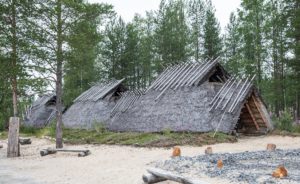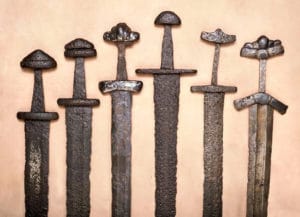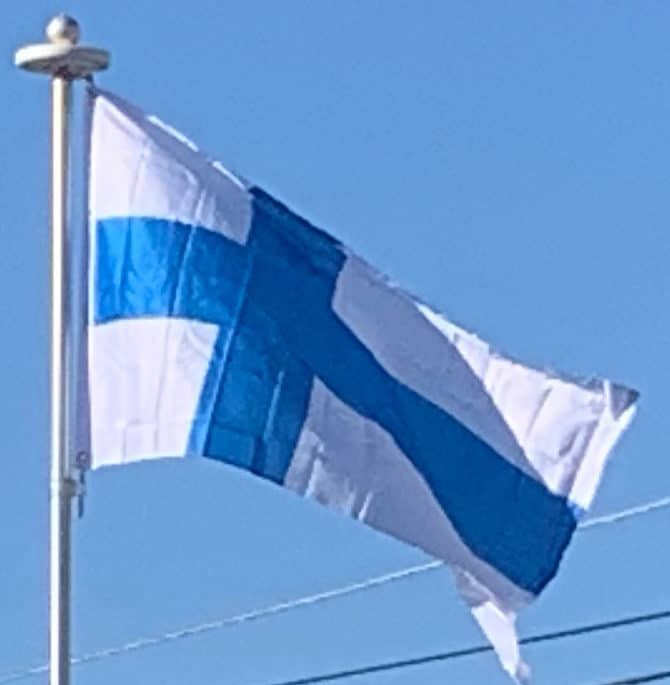Finland joined the United Nations in 1955 and adopted an official policy of neutrality. The Finno-Soviet Treaty of 1948 gave the Soviet Union some leverage in Finnish domestic politics during the Cold War. Finland joined the OECD in 1969, the NATO Partnership for Peace in 1994, the European Union in 1995, the Euro-Atlantic Partnership Council in 1997, and the Eurozone at its inception in 1999.
History:
Prehistory:
If the archaeological finds from Wolf Cave are the result of Neanderthals‘ activities, the first people inhabited Finland approximately 120,000–130,000 years ago. The area that is now Finland was settled in, at the latest, around 8,500 BC during the Stone Age towards the end of the last glacial period. The artifacts the first settlers left behind present characteristics that are shared with those found in Estonia, Russia, and Norway. The earliest people were hunter-gatherers, using stone tools.
The first pottery appeared in 5200 BC, when the Comb Ceramic culture was introduced. The arrival of the Corded Ware culture in Southern coastal Finland between 3000 and 2500 BC may have coincided with the start of agriculture. Even with the introduction of agriculture, hunting and fishing continued to be important parts of the subsistence economy.

In the Bronze Age permanent all-year-round cultivation and animal husbandry spread, but the cold climate phase slowed the change. Cultures in Finland shared common features in pottery and also axes had similarities but local features existed. Seima-Turbino-phenomenon brought first bronze artifacts to the region and possibly also the Finno-Ugric-Languages. Commercial contacts that had so far mostly been to Estonia started to extend to Scandinavia. Domestic manufacture of bronze artifacts started 1300 BC with Maaninka-type bronze axes. Bronze was imported from Volga region and from Southern Scandinavia.
In the Iron Age population grew especially in Häme and Savo regions. Finland proper was the most densely populated area. Cultural contacts to the Baltics and Scandinavia became more frequent. Commercial contacts in the Baltic Sea region grew and extended during the 8th and 9th centuries.

Main exports from Finland were furs, slaves, castoreum, and falcons to European courts. Imports included silk and other fabrics, jewelry, Ulfberht swords, and, in lesser extent, glass. Production of iron started approximately in 500 BC.
At the end of the 9th century, indigenous artifact culture, especially women’s jewelry and weapons, had more common local features than ever before. This has been interpreted to be expressing common Finnish identity which was born from an image of common origin.
An early form of Finnic languages spread to the Baltic Sea region approximately 1900 BC with the Seima-Turbino-phenomenon. Common Finnic language was spoken around Gulf of Finland 2000 years ago. The dialects from which the modern-day Finnish language was developed came into existence during the Iron Age. Although distantly related, the Sami retained the hunter-gatherer lifestyle longer than the Finns. The Sami cultural identity and the Sami language have survived in Lapland, the northernmost province, but the Sami have been displaced or assimilated elsewhere.
